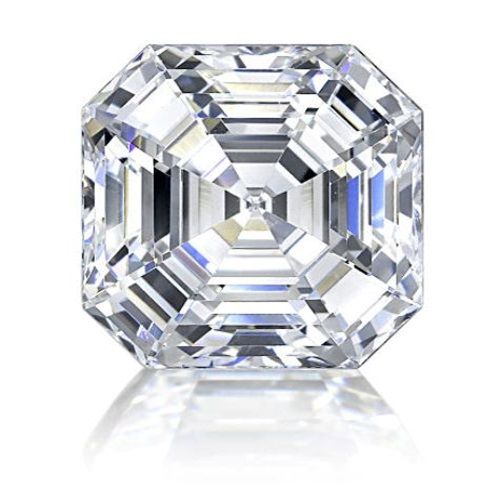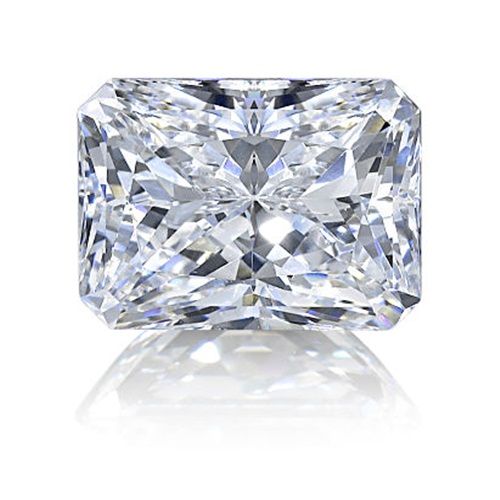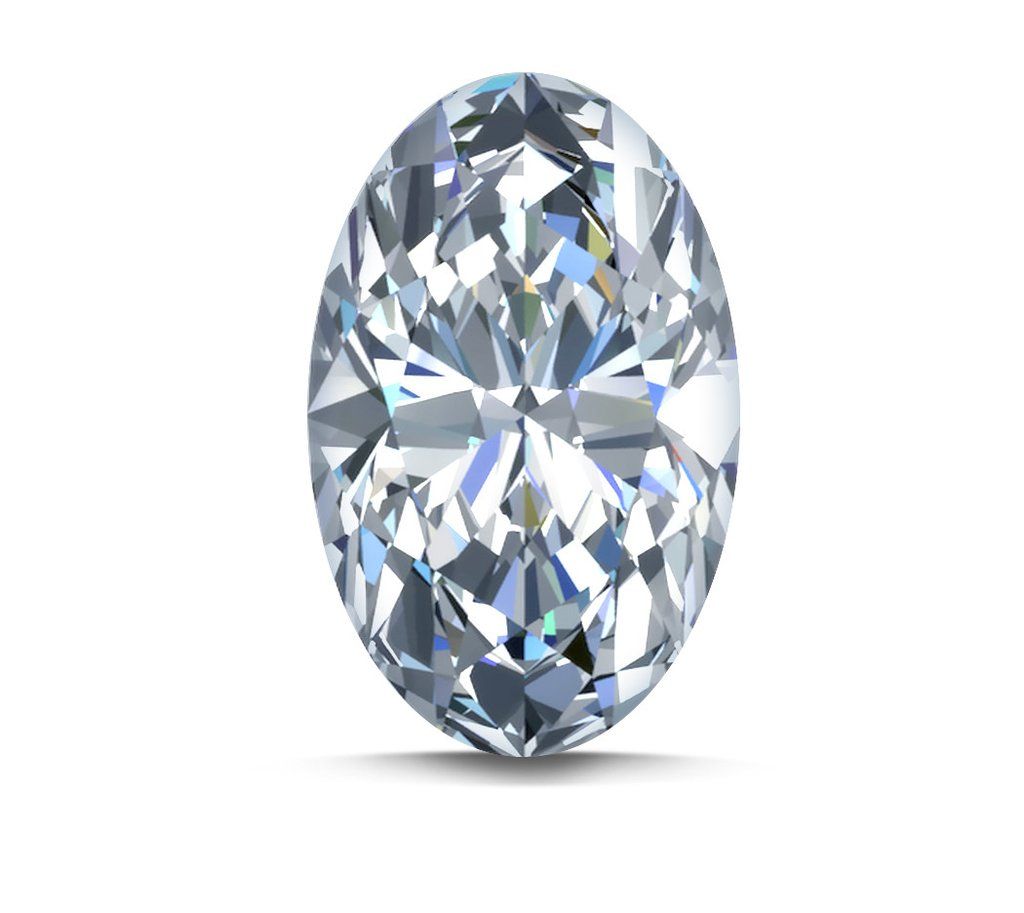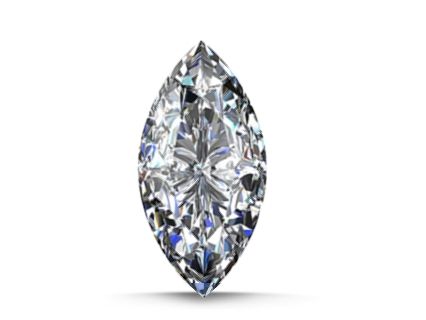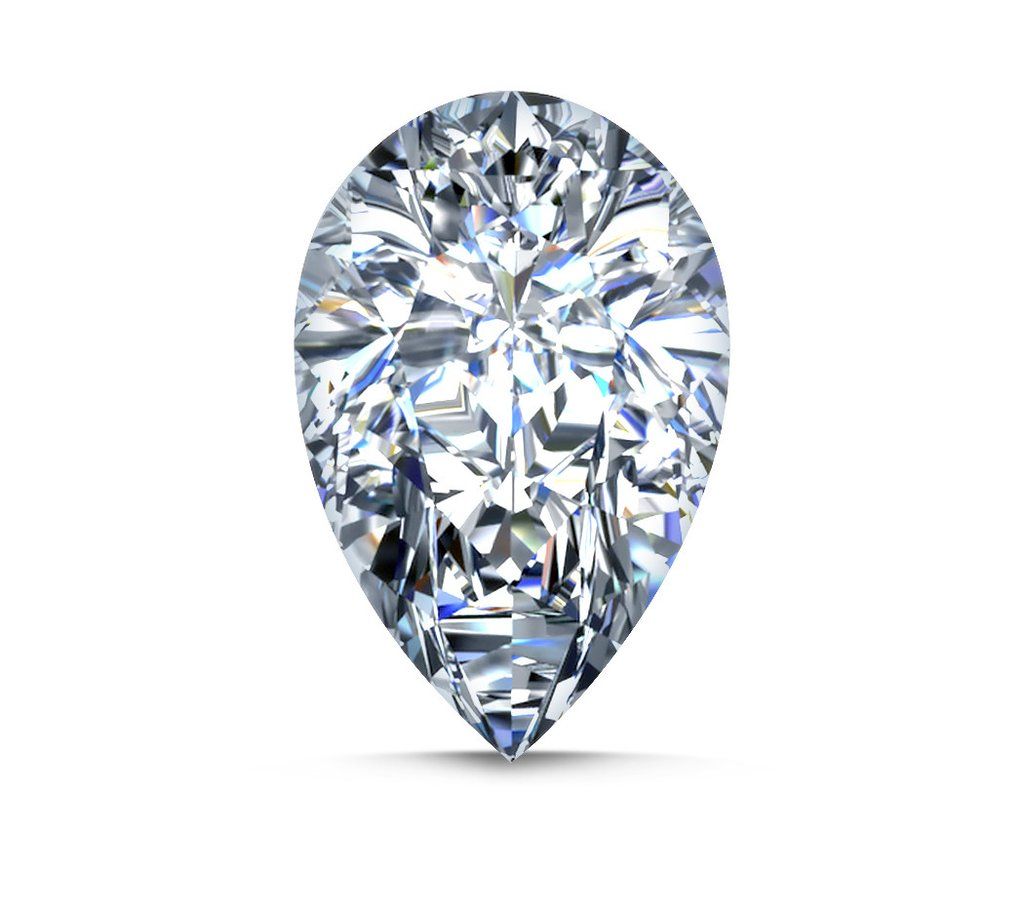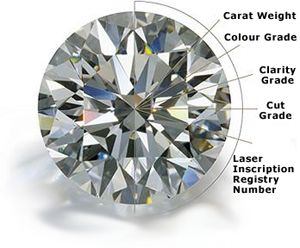
Round Brilliant Cut Diamond
By far the most popular, this is the classic engagement-ring diamond with its crown top, pointed pavilion and 58-facet cut. High quality round brilliant diamonds transform reflected light into sparkle and life.
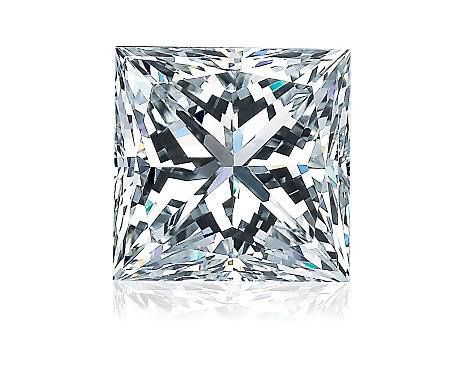
Princess Cut Diamond
Another solitaire engagement diamond, this stunning cut is square or rectangular in shape. It is noted for its brilliance.
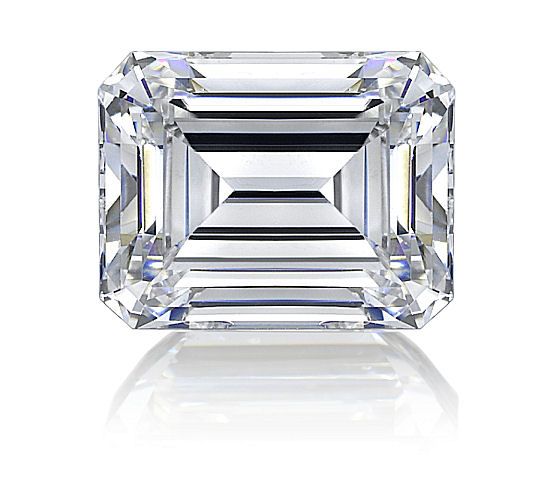
Emerald Cut Diamond
A classic rectangular shape with cut corners, this diamond displays broad, flat planes with pronounced “stepped” facets. The emerald cut is perfect for a diamond of immaculate clarity.
